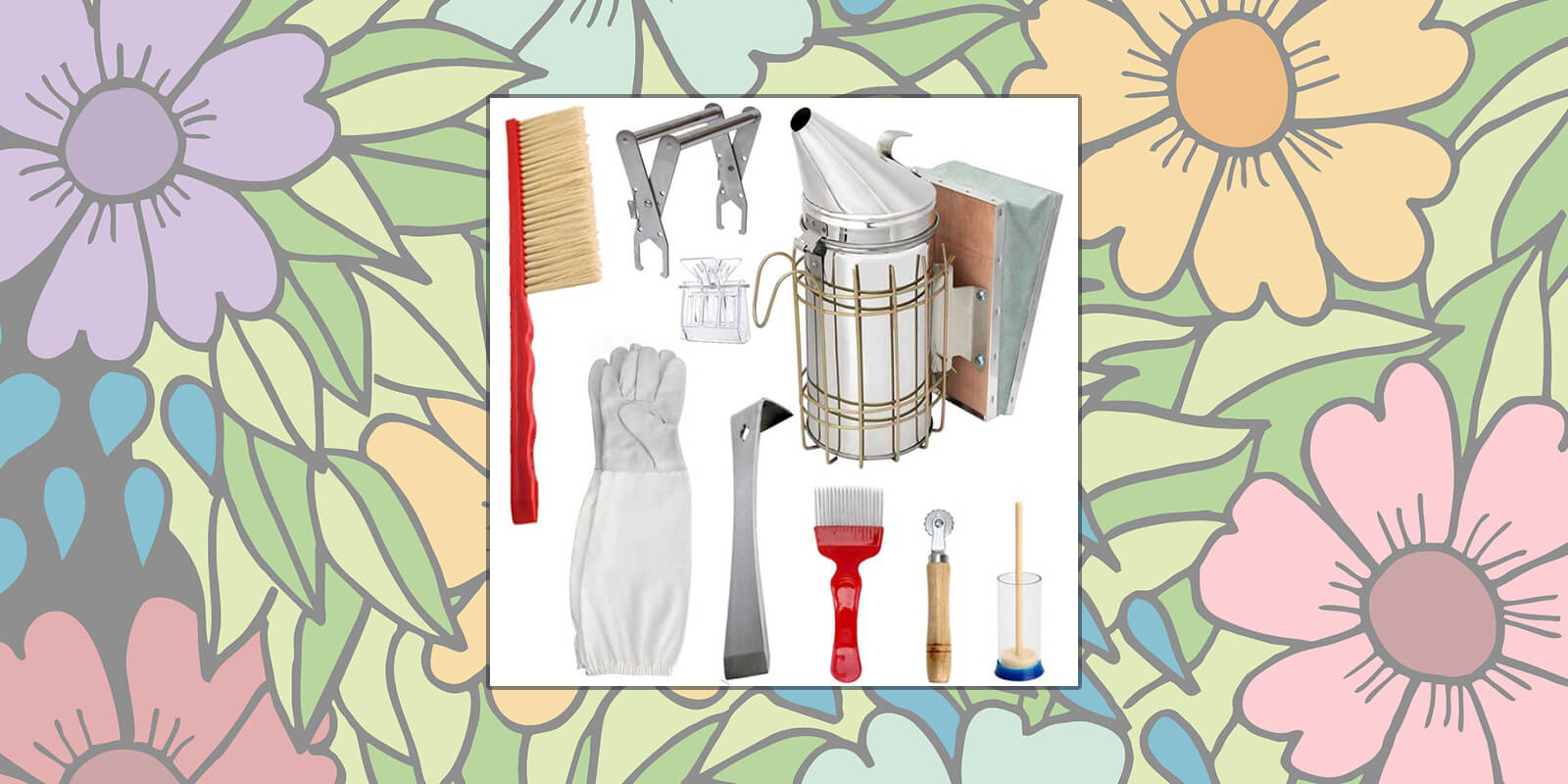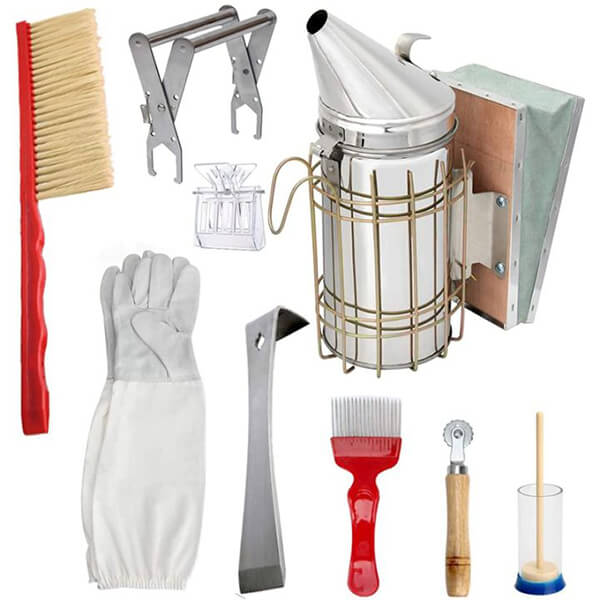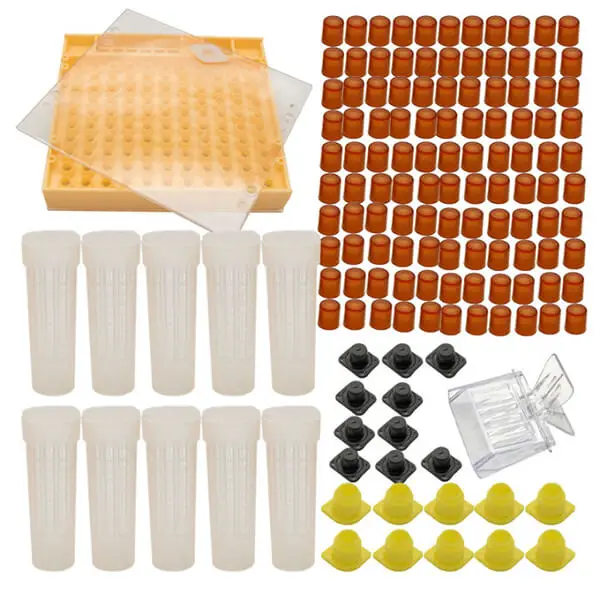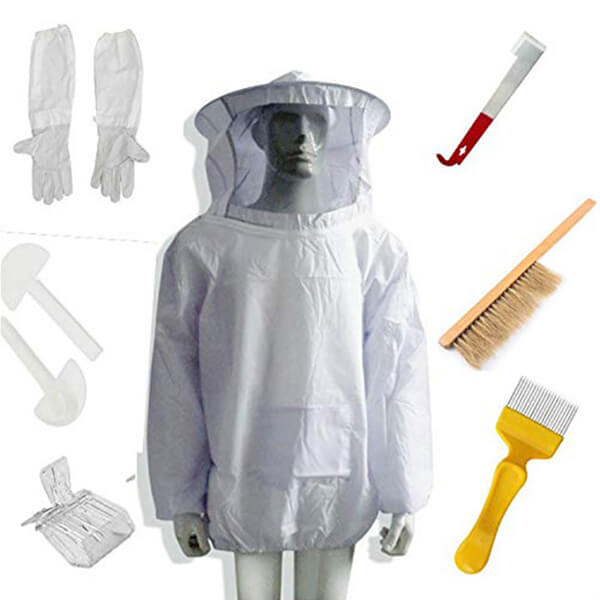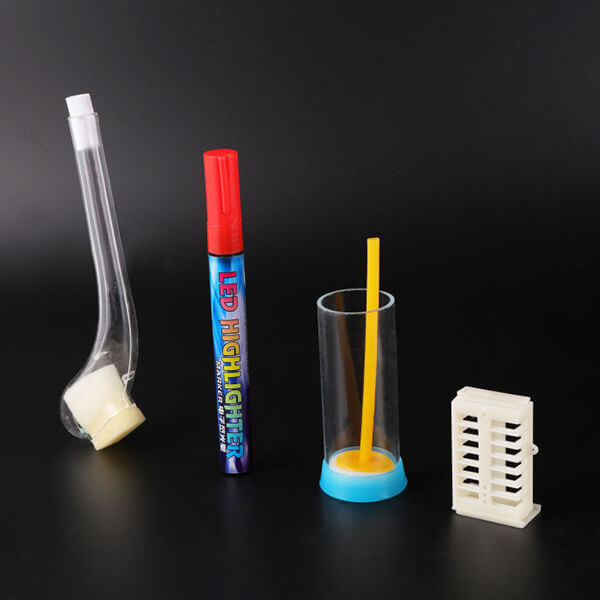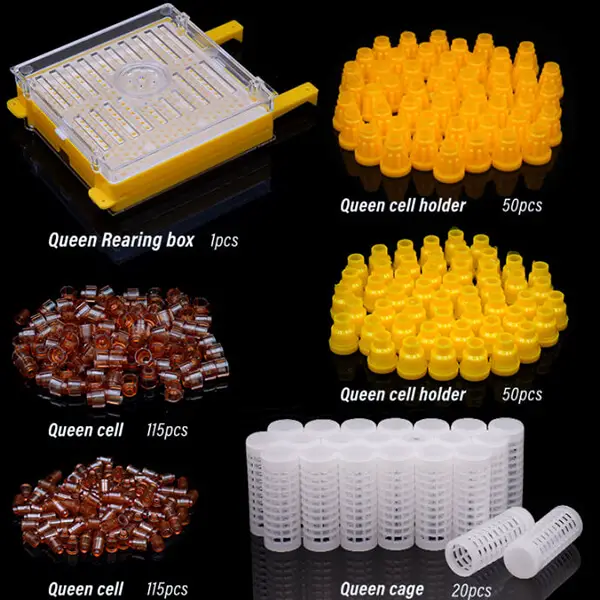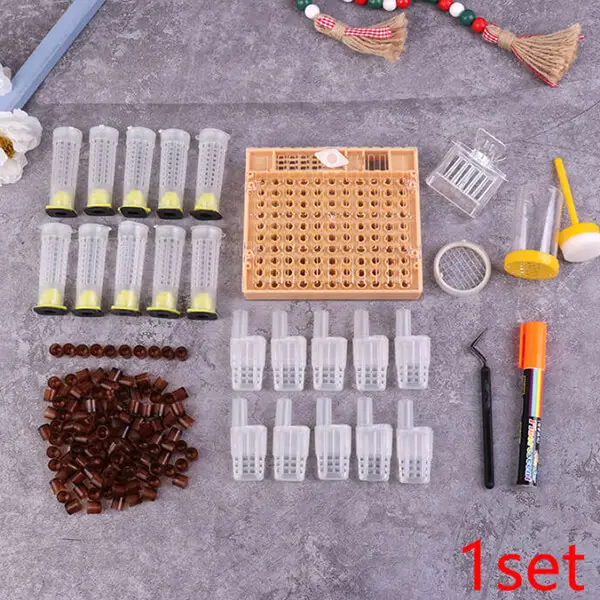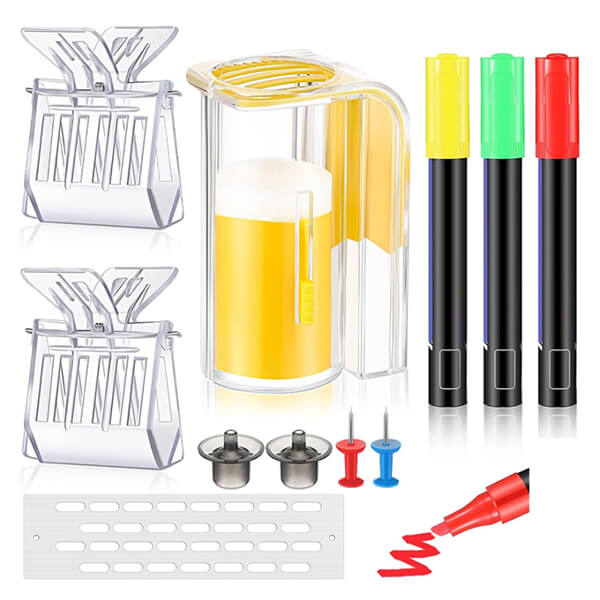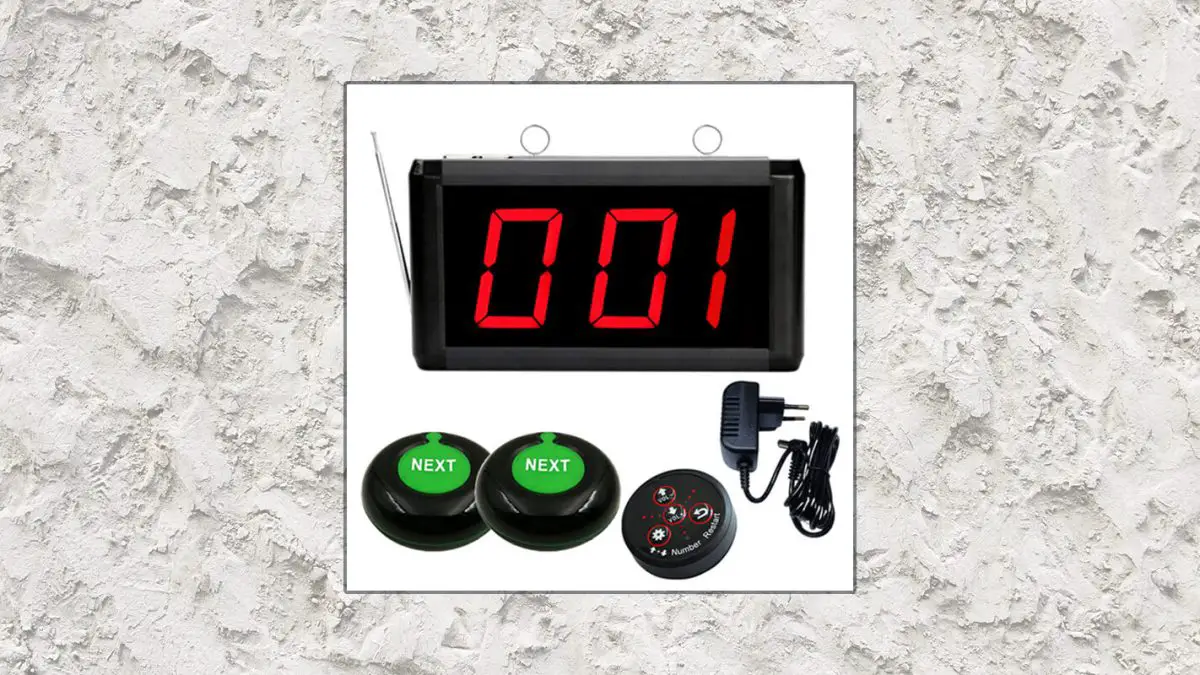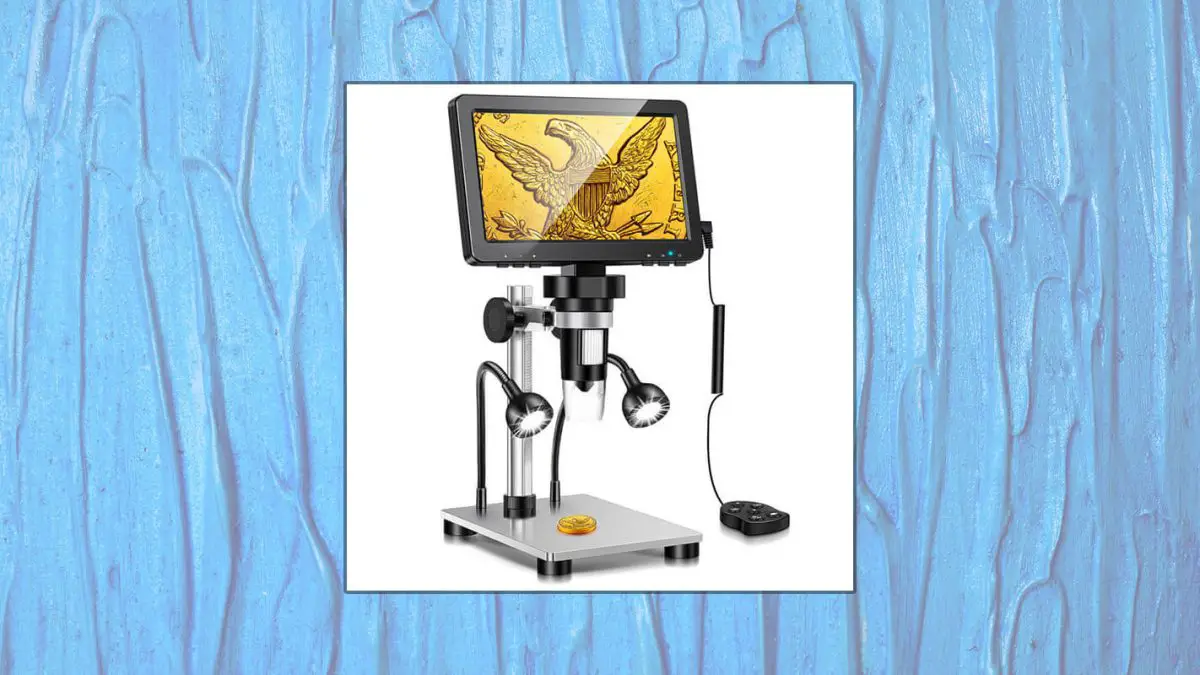Sri Lanka, a tropical paradise known for its lush landscapes and biodiversity, is also home to a rich tradition of beekeeping. With its diverse flora and favorable climate, the island nation offers an ideal environment for bees to thrive, making beekeeping a rewarding venture for both rural communities and urban enthusiasts. Whether you’re a seasoned beekeeper or someone curious about starting a hive, understanding the unique aspects of beekeeping in Sri Lanka is essential for success.
The History of Beekeeping in Sri Lanka
Beekeeping has deep roots in Sri Lankan culture, dating back centuries. Traditionally, wild honey hunting was a common practice among indigenous communities, who would harvest honey from the nests of wild bees. Over time, the practice of domesticating bees and managing hives became more widespread, influenced by both local traditions and the introduction of modern beekeeping techniques from other parts of the world.
Today, beekeeping is an important agricultural activity in Sri Lanka, contributing to the livelihoods of many rural families. The country’s government and various NGOs have also recognized the potential of beekeeping as a tool for sustainable development, promoting it as a means to enhance food security, generate income, and support environmental conservation.
The Bee Species of Sri Lanka
Sri Lanka is home to several species of bees, but the most commonly kept for honey production are the Apis cerana (Asian honeybee) and Apis mellifera (European honeybee). Each species has its own advantages and challenges:
Apis cerana: Native to Asia, this species is well adapted to the tropical climate of Sri Lanka. They are more resistant to local pests and diseases and require less intensive management. However, they produce smaller quantities of honey compared to their European counterparts.
Apis mellifera: Introduced to Sri Lanka for its higher honey yield, this species is popular among commercial beekeepers. However, Apis mellifera requires more careful management, as they are more susceptible to local diseases and pests, and may not be as well suited to all regions of the island.
Beekeeping Supplies Kit Guide for Beginners
Are you thinking about starting your own beekeeping journey? Whether you’re driven by a passion for sustainable living, a love for nature, or just the allure of producing your own honey, beekeeping can be a rewarding and fascinating hobby. But before you dive in, it’s important to be well-prepared with the right tools and equipment. In this guide, we’ll explore the essential items you’ll need in your beekeeping supplies kit to get started on the right foot.
1. Beekeeping Suit and Gloves
Safety first! A beekeeping suit is your primary defense against bee stings. A full suit typically includes a protective jacket, veil, and pants made from lightweight, breathable fabric. The suit should fit comfortably and have secure fastenings to keep bees out. Paired with the suit, sturdy beekeeping gloves protect your hands while handling frames and hives. Leather gloves with long gauntlets are common, offering both protection and dexterity.
2. Bee Smoker
A bee smoker is an essential tool for calming bees while you inspect the hive. The smoke interferes with the bees’ ability to communicate and reduces their defensive behavior. The smoker consists of a metal chamber with a bellows to pump air, igniting the fuel inside (such as wood chips, pine needles, or burlap). A good smoker will produce cool, white smoke that is gentle on your bees.
3. Hive Tool
A hive tool is a versatile instrument used for prying apart frames, scraping off propolis (the sticky substance bees produce to seal gaps), and lifting heavy hive parts. This small but mighty tool is indispensable for any beekeeper. Most hive tools are made of steel and have a flat, chisel-like end and a hooked end for leverage.
4. Bee Brush
A bee brush is a soft-bristled brush designed to gently sweep bees off the frames without harming them. This tool is particularly useful during inspections and honey harvesting, allowing you to remove bees from surfaces without causing them distress.
5. Frame Gripper
A frame gripper is a handy tool that helps you lift heavy frames from the hive with ease. This tool provides a secure grip on the frame, reducing the risk of dropping it and damaging the comb or harming the bees. It’s especially useful for beginners who may find it challenging to handle frames with precision.
6. Queen Catcher and Marking Kit
The queen is the heart of the hive, and it’s important to know her whereabouts. A queen catcher is a small, gentle tool that allows you to safely isolate the queen when necessary. A queen marking kit, typically consisting of a small paint pen, allows you to mark the queen for easy identification during inspections.
7. Bee Feeder
When starting a new colony or during times when nectar is scarce, feeding your bees is crucial for their survival. A bee feeder can be placed inside or outside the hive to provide sugar syrup or other supplements. Various types of feeders are available, including entrance feeders, frame feeders, and top feeders, each with its own benefits.
8. Beekeeping Guidebook
Even with the best supplies, having a good reference guide is essential for success in beekeeping. A comprehensive guidebook can help you understand the behavior of your bees, manage the hive throughout the seasons, and troubleshoot common problems. Look for a guide that covers topics like hive management, pest control, and honey harvesting.
9. Beekeeping Journal
Keeping a journal is a great way to track your progress and learn from your experiences. Record your hive inspections, weather conditions, honey yields, and any observations about bee behavior. Over time, your journal will become an invaluable resource that helps you improve your beekeeping skills.
10. First Aid Kit
Even with all the right gear, bee stings can happen. Having a first aid kit on hand is essential for treating stings quickly and effectively. Include antihistamines, sting relief cream, and any necessary medications you may need if you have allergic reactions. It’s also a good idea to familiarize yourself with basic first aid procedures for bee stings.
Beekeeping Kits in Sri Lanka
The Ideal Environment for Beekeeping in Sri Lanka
Sri Lanka’s diverse ecosystems, ranging from coastal plains to mountainous regions, offer a variety of environments for beekeeping. The central highlands, with their cooler temperatures and abundant flowering plants, are particularly favorable for honey production. The dry zone, with its seasonal flowering plants and forests, also provides excellent forage for bees.
However, successful beekeeping in Sri Lanka requires careful consideration of several environmental factors:
Climate: While the tropical climate is generally favorable, high humidity and heavy rainfall can pose challenges for hive management. Proper hive placement, ventilation, and protection from excessive moisture are crucial.
Flora: The availability of diverse and year-round flowering plants is key to maintaining healthy bee colonies. In Sri Lanka, bees forage on a wide variety of plants, including coconut, rubber, tea, and numerous wildflowers. Beekeepers should ensure that their hives are located in areas with ample forage throughout the year.
Sustainable Beekeeping Practices
Sustainability is at the heart of traditional and modern beekeeping practices in Sri Lanka. Here are some ways Sri Lankan beekeepers can promote sustainability:
Organic Beekeeping: Avoiding the use of chemical pesticides and fertilizers in areas where bees forage helps protect the health of bee colonies and ensures the purity of the honey produced.
Hive Management: Regular hive inspections, proper feeding, and disease prevention are essential for maintaining healthy colonies. Beekeepers should also practice ethical honey harvesting, leaving enough honey for the bees to survive during lean periods.
Environmental Conservation: Beekeeping can play a vital role in conservation efforts, particularly in preserving forested areas and supporting biodiversity. Beekeepers can contribute by planting native flowering plants and trees, creating habitats that benefit both bees and other wildlife.
Challenges and Opportunities
While beekeeping in Sri Lanka offers many rewards, it also comes with challenges. Disease management, particularly in Apis mellifera colonies, can be demanding. Additionally, climate change poses new threats, such as altered flowering patterns and increased susceptibility to pests.
However, these challenges also present opportunities for innovation and growth. The demand for organic and ethically sourced honey is on the rise, both locally and internationally. Sri Lankan beekeepers who adopt sustainable practices and focus on quality can tap into these markets, adding value to their products.
Conclusion
Beekeeping in Sri Lanka is more than just a means of producing honey; it’s a tradition that connects people to nature and promotes sustainability. Whether you’re interested in starting your own hive or simply learning more about this fascinating practice, Sri Lanka offers a unique environment where beekeeping can thrive. By embracing traditional knowledge and modern techniques, Sri Lankan beekeepers can continue to protect their bees, support their communities, and enjoy the sweet rewards of their labor.
From the cool highlands to the tropical lowlands, beekeeping in Sri Lanka is a journey of discovery, resilience, and harmony with nature. As interest in sustainable living grows, so too does the potential for beekeeping to contribute to a brighter, more sustainable future for the island and its people.

